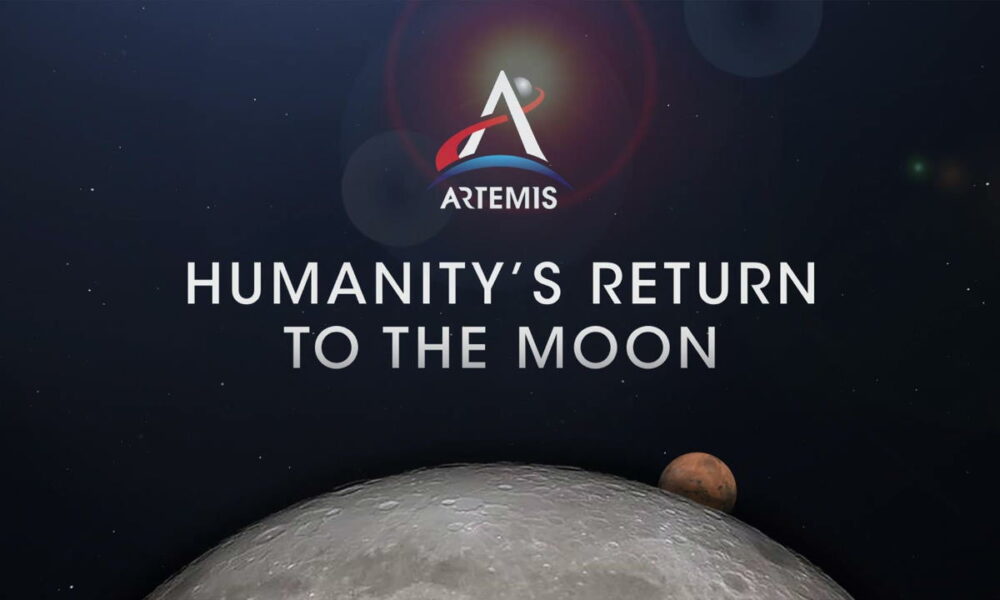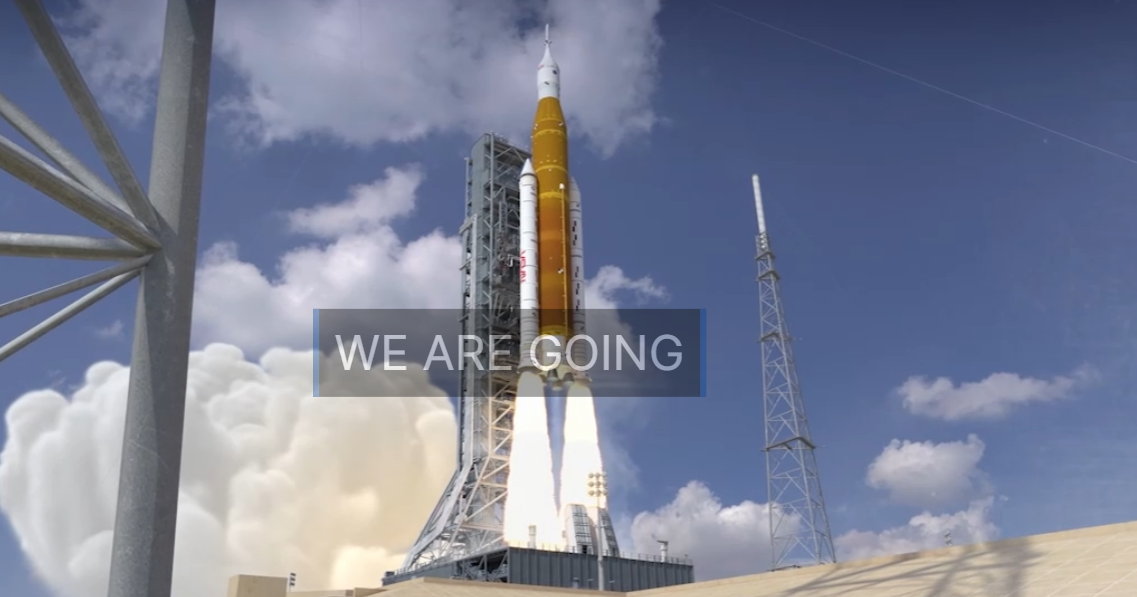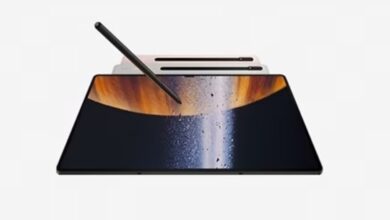
A few hours ago, the SLS rocket successfully took off from the Kennedy Space Center in Florida to take the Orion spacecraft to the Moon. It is the premiere of the Artemis I mission, the first of an international space exploration program as ambitious as it is expensive, whose ultimate goal is to establish a permanent presence on the satellite and serve as a launch pad for the arrival of humans on Mars.
After several delays due to technical failures, Artemis I is now underway and will be the first of several launches with which we will return to the Moon 50 years later from the end of the Apollo missions. The international manned space flight program is led by NASA, with partners such as the European Space Agency (ESA), the Japanese Aerospace Exploration Agency (JAXA), the Canadian Space Agency (CSA), the Brazilian Space Agency (AEB) , the Australian Space Agency (ASA), and the Mexican Space Agency (AEM), in addition to also involving US commercial companies.
Artemis I, first the Moon, then Mars
«Under the Artemis program, humanity will explore regions of the Moon that have never been visited, uniting us around the unknown, the unseen, and the once impossible. We will return to the Moon with robots next year, send astronauts to its surface within four, and build a permanent presence by the end of the decade,” said NASA administrator, Jim Bridenstinein the Artemis Plan working document.
The objectives are known and will be achieved through continuous launches (from NASA and others such as Space X with the Falcon Heavy rockets) since the idea is to complete the Lunar Gateway orbital platform, key to the continued and long-term presence on the satellite and subsequently serve help to get to Mars. If the first missions like Artemis I are unmanned, the following ones will be, including the arrival of the first woman on the moon scheduled for Artemis III in 2024. It will also be a novelty to set foot on the South Pole of the Satellite.
A program as ambitious as this requires far-reaching technological innovations and here we must cite the tests that will be carried out on Artemis II to evaluate the operation of the hardware and software that the real mission to land on the Moon will need and that, hopefully, 50 years then be as successful as the computer that got us to the Moon.
Another of the great devices of the program is the Space Launch System (SLS), the largest and most powerful rocket ever manufactured and which, thanks to the successive improvement of its versions (blocks), will be able to cover all Artemis launches up to mission VII. Also cite ‘Orion‘, the special ship in charge of taking astronauts to lunar orbit. It is a reusable ship that includes two spaces, a crew module and a service module that has been designed and manufactured by ESA.
The Orion spacecraft is expected to dock with the Lunar Gateway Orbital Platform once it is built thanks to the launches of NASA and also of private companies such as SpaceX’s Falcon Heavy or Blue Origin’s New Glenn. This platform is vital to achieve a permanent presence on the Moon and also to support trips to Mars planned for the next decade.
Artemis also contemplates other technological innovations such as the Advanced Exploration Lander landing craft to lower from the Orbital platform to the satellite; HERACLES, a human-enhanced robotic architecture and scientific exploration capability; and the Moon Cruiser, a logistics vehicle based on the Orion ATV spacecraft and ESM service module, to be used as an auxiliary support for the Lunar Gateway Orbital Platform.
A very ambitious program as you will see should mark a new era in space exploration. Artemis I is only the beginning. We leave you the launch of the mission:




